Jun
16
2015
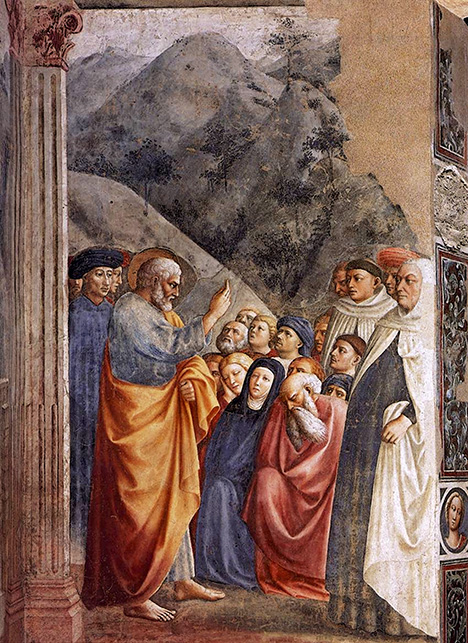
There are no “Abrahamic” promises concerning offspring — or real estate — for New Covenant believers.
Like the dogma of evolution, the doctrine of paedobaptism is not supported by indisputable evidence. Rather, the data must be interpreted through the lens of a pre-existing framework. The paedobaptistic lens is, however, a biblical one, being Abrahamic, and it comes in extremely handy when used in the right way. It deals with the few texts which paedobaptists rely on for proof, showing that they are not establishing a revised Abrahamic tent, but bringing the old one to an end.
Continue reading
4 comments | tags: Acts, AD70, Baptism, Circumcision, Ephesians, oikoumene, Paul, Pentecost, Peter, Tabernacle | posted in Bible Matrix, Biblical Theology, The Last Days
Apr
17
2013
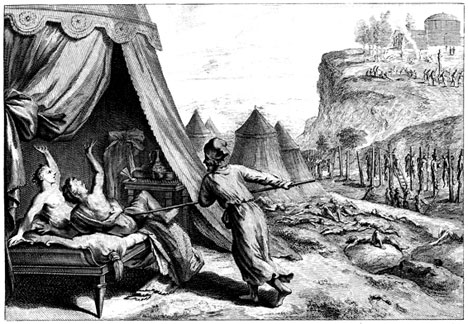 Priests and Levites of All Nations
Priests and Levites of All Nations
Part 1 | Part 2 | Part 3 | Part 4 | Part 5 | Part 6
In this final post on the structure of Ephesians, we will cover stage 6 (Conquest/Atonement) and stage 7 (Glorification/Booths). (Unfortunately, I can’t refer to them as cycles because there are 8 cycles, as previously discussed.)
A common interpretation of the “armor of God” relies on the assumption that Paul is using the kit of a Roman soldier as a metaphor. This shows how fragmented is our understanding of the Bible, an organic text which is not fragmented at all, and not reliant upon the various contemporary cultures anywhere near as much as we assume. The armor in Ephesians 6 is that of a priest, a priest with a sword, fulfilling his guard duty at the gate of God.
Continue reading
Comments Off | tags: Covenant Theology, Ephesians, High Priest, Levites, Literary Structure, Revelation, Tabernacle | posted in Bible Matrix, Biblical Theology, The Last Days
Apr
8
2013
 Part 1 | Part 2 | Part 3 | Part 4 | Part 5
Part 1 | Part 2 | Part 3 | Part 4 | Part 5
We have reached the fifth stage of the matrix in Paul’s letter to the Ephesians, which is the sixth cycle (as discussed in part 5, stage 3 — Ascension — is often split into two parts, altar and sacrifice).
So this fifth section is the “Deuteronomy” of the epistle. It is a New Covenant version of Moses giving his final words to the children of Israel before the conquest of the Land. Likewise, Paul himself, and all the other apostles (except perhaps for John, the final word) would be gone before the rulers of the Land (Revelation’s “kings of the earth”) would be wiped off the face of it forever.
As in all previous cycles, there are some real literary wonders here, which is especially satisfying to see when the passages themselves (unparsed) are so familiar. It’s like seeing old friends in a new way: the letter resurrected and alive and walking around.
Continue reading
Comments Off | tags: Covenant Theology, Daniel, Ephesians, Feasts, Literary Structure | posted in Bible Matrix, Biblical Theology
Mar
26
2013
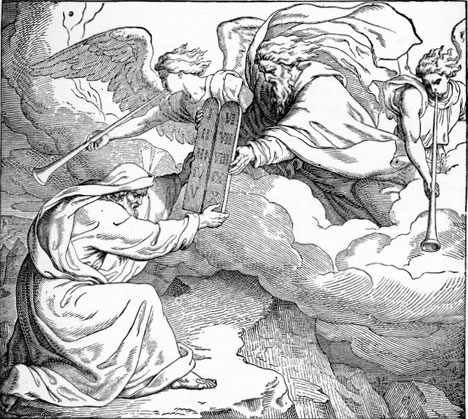
Part 1 | Part 2 | Part 3 | Part 4
It’s been a while since I blogged due to some pesky Russian hackers.
Well, it looks possible at this point that Ephesians actually has eight cycles, just as many of its “sevenfold” stanzas have eight lines. This is because step three reflects the Altar and the Table, the Land and the fruits of Day 3 (the first half of the cycle has a preliminary “filling”).
This means that the previous cycle, which spoke of the gifts to the Church, concerned the initial outpouring of the Spirit by Christ at His ascension. If that was the “three-and-a-half,” this next cycle must then be the Day 4, the governing lights, which seems to be the case as it begins with a reference to enlightenment, and proceeds to comment on what this looks like in the saints. If this is indeed the structure here, what follows below is the “Ethics opened” section of the epistle. The new Israel will not be given to harlotry in the wilderness, as the old one was.
Continue reading
Comments Off | tags: Compromise, Ephesians, Literary Structure | posted in Bible Matrix, Biblical Theology, The Last Days
Mar
20
2013
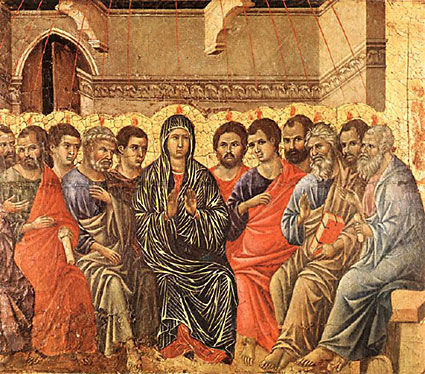 Part 1 | Part 2 | Part 3
Part 1 | Part 2 | Part 3
We have arrived the central cycle, the “Pentecost” of the epistle. Here’s how it looks so far:
Continue reading
Comments Off | tags: Baptism, Ephesians, Literary Structure, Paul | posted in Bible Matrix, Biblical Theology, The Last Days
Mar
13
2013
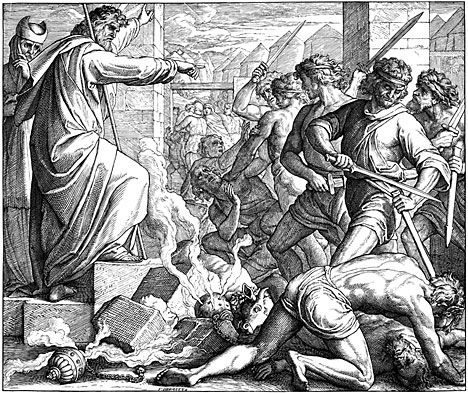
Part 1 | Part 2
The first cycle of Ephesians expressed the call and adoption of God’s sons as a new Creation (Sabbath). At its very centre was the phrase, “the forgiveness of our trespasses.” At the centre of the second, which concerned the removal of the Veil of Moses, was “the sons of disobedience,” a Division between the sons of the promise and the sons of the flesh (Passover). This division was obviously no longer founded on genealogy but began with voluntary allegiance to Jesus. Circumcision or uncircumcision became irrelevant.
Continue reading
Comments Off | tags: Ephesians, Leviticus, Literary Structure, Revelation | posted in Bible Matrix, Biblical Theology, The Last Days
Mar
6
2013
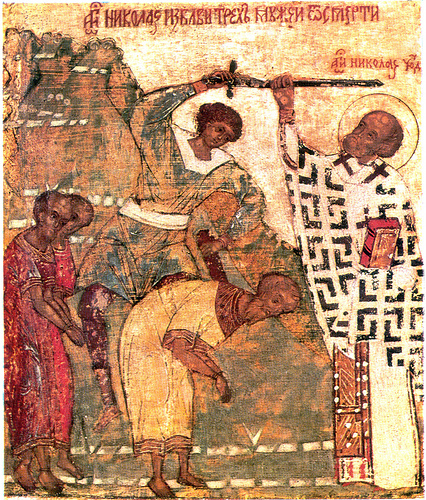 Part 1 here.
Part 1 here.
Bible commentators will tell you that Paul’s epistle to the Ephesians contains great riches. Unfortunately, without any reference to its Mosaic literary structure, it comes across as a jumble of jewels in a treasure chest. However, analysis of the structure allows us to appreciate the fine networks and chains of thought in the literary architecture — and also the clever allusions contrasting old Israel with the New. It also demonstrates Jesus’ fulfillment of the Mosaic Law.
Continue reading
Comments Off | tags: Balaam, Ephesians, Lampstand, Leviticus, Literary Structure, Revelation, Revelation 20 | posted in Bible Matrix, Biblical Theology, The Last Days
Mar
4
2013
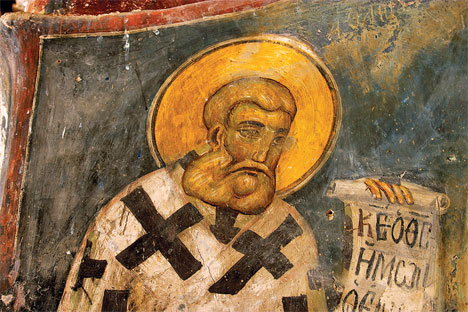
or the Covenanto-Architecturo-Historico-Grammatico-Muso Method
“A seal is meant to be broken.”
During the first of his recent lectures in London, James Jordan tore a page out of his Bible. It was the page announcing the New Testament as a separate book with its own pagination. It is one thing to interpret the New Testament in the light of contemporary literature and history, but their importance pales in comparison to the texts being recognized as a continuation of the Scriptures.
Continue reading
3 comments | tags: Ephesians, Fractals, Hermeneutics, Literary Structure, Revelation, Systematic typology | posted in Bible Matrix, Biblical Theology, The Last Days, Totus Christus
Oct
7
2010
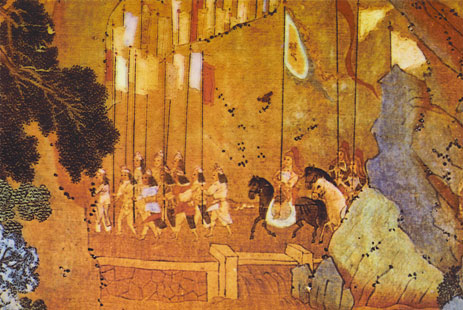
Just as the Restoration, through death in Babylon, miraculously reunited Ephraim and Judah in a new body, the attacks on the Firstfruits church miraculously reunited Jew and Gentile. The Restoration body (pictured in Ezekiel 37) was a type of the Firstfruits church. In the big picture, this new body appears in the Bible Matrix at Maturity. It was an army from the grave, a multitude of shiny individuals united and animated by the Spirit of God, moving as a single shining entity. The Creation week pictures this as flocks of birds and schools of fish. The Tabernacle images it as clouds of incense. This is the warrior bride, terrible as an army with banners.
Light – Ark-Word (Sabbath) -
Make every effort to keep the unity of the Spirit
through the bond of peace.
Continue reading
Comments Off | tags: Creation Week, Ephesians, Ezekiel, Feasts, Literary Structure, Paul, Solomon, Tabernacle | posted in Bible Matrix, Ethics, The Restoration Era
May
29
2010
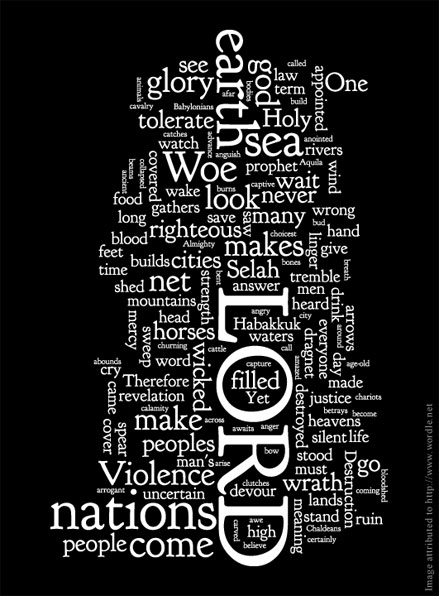
(From The Magnificence of Mercy by Geoffrey Bingham)
‘In wrath remember mercy…’
It would seem that Habakkuk had to remind God that in his wrath He should remember mercy towards errant Israel. The covenant revelation of God in Exodus 34:6 was that He was (is) ‘slow to anger’ (Num. 14:18; Neh. 9:17; Ps. 86:15), especially in regard to Israel. The prophet did not have to remind God, so much as he had to remind himself of the love of God, and to see God’s judgment as the wrath of love. If we ask what causes God’s actions of mercy, grace, slowness to anger (long-suffering), steadfast love, faithfulness, forgiveness and even refusal to clear the (impenitent, obdurate) guilty—as set out in Exodus 34:6-7—then we must answer that it is His love.
Continue reading
2 comments | tags: Ephesians, Exodus | posted in Biblical Theology, Quotes


































